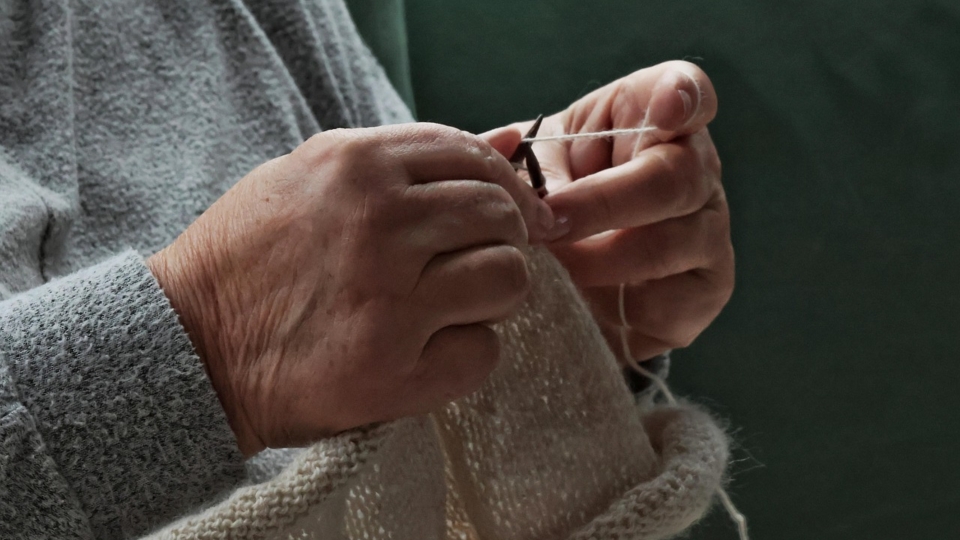
Creative Hobbies to Improve Mental Health
Creative hobbies are more than just pastimes—they’re powerful tools for mental and emotional wellness. Engaging in activities like art, writing, music, photography, and crafting offers therapeutic benefits, boosts self-esteem, and nurtures mindfulness. This guide explores how different creative outlets support mental health and how to make them a part of your daily life.
1. The Link Between Creativity and Mental Health
Creative activities regulate mood, reduce anxiety, and build resilience. Self-expression through art, music, or writing provides emotional release, distraction from stressors, and increases dopamine—the brain’s feel-good chemical.
2. Art Therapy Techniques at Home
Painting, sketching, coloring, and doodling offer mindfulness and relaxation. Adult coloring books, daily art challenges, and personal sketch journals promote emotional clarity and reduce anxiety.
3. Writing for Self-Discovery
Journaling, poetry, and creative writing help individuals process emotions, uncover insights, and promote mental clarity. Free-writing and gratitude journaling are effective therapeutic tools.
4. Musical Expression
Playing instruments, singing, composing music, or curating playlists improves mood, coordination, and emotional balance. Music boosts endorphins and builds a sense of connection.
5. Crafting and DIY Projects
Knitting, embroidery, or upcycling furniture offers rhythmic, meditative actions that calm the nervous system. Completing hands-on projects builds confidence and provides structured relaxation.
6. Photography and Mindful Observation
Photography enhances awareness and presence. Capturing meaningful moments—especially in nature—reduces stress and promotes gratitude.
7. Dance and Movement
Dance blends physical activity with emotional expression. Whether structured or freeform, dancing boosts energy and fosters cathartic release.
8. Creative Cooking and Baking
Kitchen creativity engages the senses. Trying new recipes or decorating baked goods offers satisfaction, structure, and connection when shared with others.
9. Gardening as Living Art
Gardening combines nature, physical activity, and creativity. Designing plant arrangements or tending to greenery nurtures mental calm and patience.
10. Pottery and Sculpture
Clay work encourages mindfulness through tactile engagement. The process of shaping, refining, and glazing supports mental focus and emotional grounding.
11. Calligraphy and Hand-Lettering
This art form fosters stillness and discipline. Slowly forming letters enhances concentration and transforms writing into calming visual expression.
12. Scientific Support for Creativity and Wellness
Studies show creativity reduces cortisol and increases serotonin and dopamine. Artistic engagement rewires the brain for better emotional regulation and resilience.
13. Building a Creative Routine
Consistency amplifies benefits. Schedule regular time for hobbies and pair them with calming rituals. Track progress and reflect to stay motivated.
14. Leveraging Technology for Creative Growth
Digital tools, apps, and online courses make creative hobbies accessible to all. Share your work, connect with communities, and learn at your pace.
Conclusion
Creative hobbies offer accessible, enriching ways to support mental health. Whether you’re painting, dancing, or writing, prioritizing creative expression fosters joy, reduces stress, and strengthens your emotional resilience. Make creativity a non-negotiable part of your self-care routine—and watch your inner world flourish.














Leave a Reply